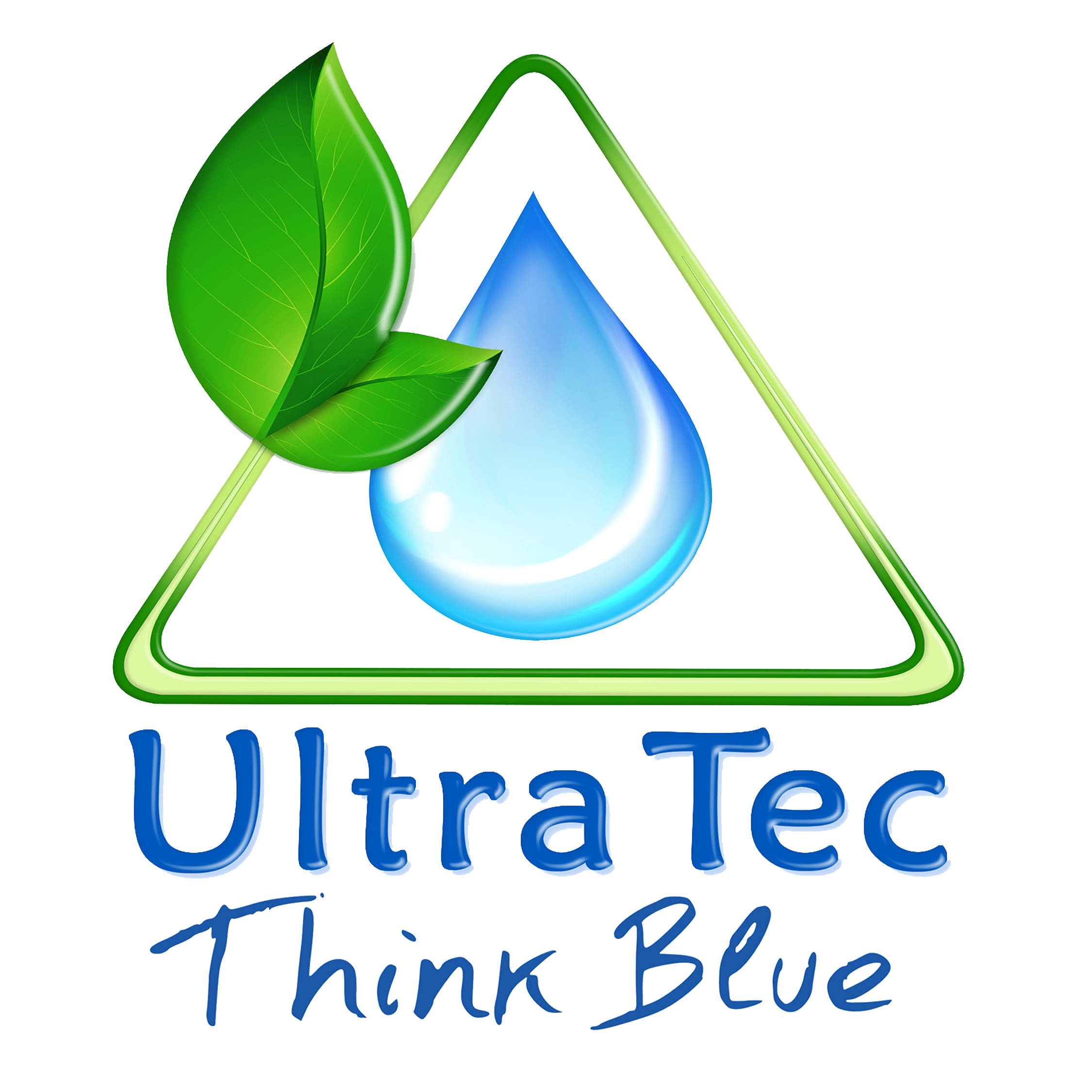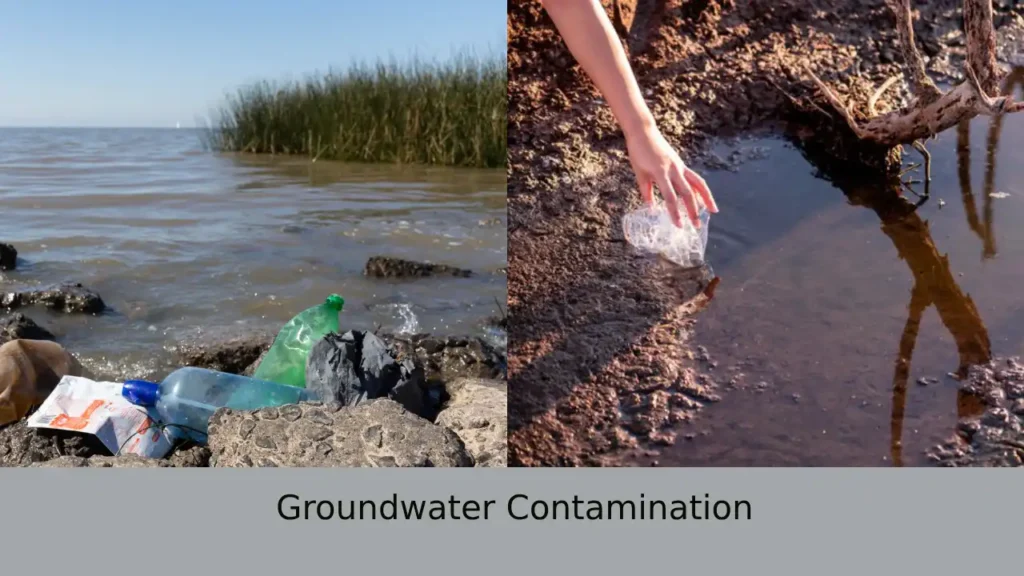Groundwater contamination poses a significant threat to public health and the environment. With the increasing demand for clean water sources, the need for effective treatment solutions has become paramount. In this article, we explore the role of Reverse Osmosis (RO) plant water treatment in mitigating groundwater contamination, its benefits, and implementation.
Understanding Groundwater Contamination
Groundwater contamination occurs when harmful substances infiltrate the underground aquifers, compromising the quality of water. Sources of contamination may include industrial waste, agricultural runoff, improper disposal of chemicals, and leaking underground storage tanks. Contaminants such as heavy metals, pesticides, nitrates, and organic compounds can render groundwater unsafe for consumption and other uses.
The Role of RO Plant Water Treatment
RO plant water treatment plays an important role in addressing groundwater contamination by effectively removing various contaminants from water. The RO process utilizes a semi permeable membrane to separate impurities from water molecules, producing clean and potable water. This technology is particularly effective in removing dissolved solids, ions, bacteria, and other harmful substances present in contaminated groundwater.
Benefits of RO Plant Water Treatment for Groundwater Contamination
- Removal of Contaminants:
RO technology effectively removes a wide range of contaminants, including heavy metals, pesticides, bacteria, and volatile organic compounds, ensuring the purity of groundwater.
- High Efficiency:
RO systems are highly efficient in producing clean water, with a rejection rate of up to 99% for dissolved solids, providing a reliable solution for treating contaminated groundwater.
- Scalability:
RO plant water treatment systems can be scaled according to the specific needs and volume of contaminated groundwater, making them suitable for both small-scale and large-scale applications.
- Environmentally Friendly:
Compared to traditional water treatment methods, such as chemical disinfection or filtration, RO technology requires minimal use of chemicals and generates less waste, reducing environmental impact.
- Cost-Effective:
While initial installation costs may be higher, the long-term cost-effectiveness of RO plant water treatment outweighs other treatment options, especially in areas with persistent groundwater contamination.
Implementation of RO Plant Water Treatment
- Site Assessment:
Conduct a comprehensive assessment of the contaminated groundwater site to determine the extent and nature of contamination, as well as the required treatment capacity.
- System Design:
Design an RO plant water treatment system tailored to the specific contaminants present in the groundwater, considering factors such as feed water quality, flow rate, and desired water quality standards.
- Installation and Commissioning:
Install the RO system according to the design specifications, ensuring proper integration with existing infrastructure, and commissioning the system to ensure optimal performance.
- Monitoring and Maintenance:
Implement a regular monitoring and maintenance schedule to ensure the continued efficiency and effectiveness of the RO plant water treatment system, including membrane cleaning, replacement, and performance optimization.
Conclusion
RO plant water treatment offers a reliable and efficient solution for addressing groundwater contamination, and providing clean and safe drinking water for communities around the world. By harnessing the power of RO technology, we can protect our precious groundwater resources and safeguard public health for generations to come.

